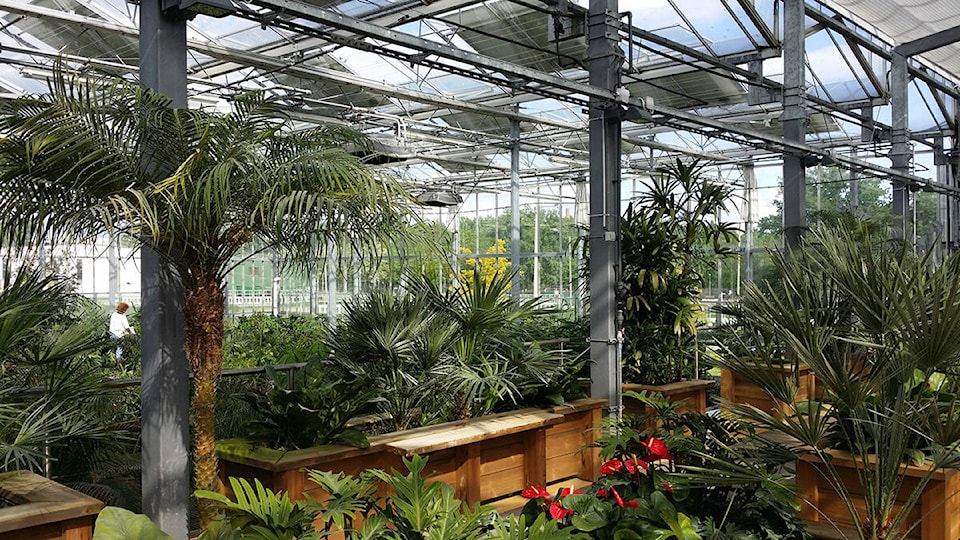As advance voting for the Municipal election began this week in Kimberley, voters are being asked not only to choose council and school trustees, but also to assent to the city borrowing a maximum of $35 million for replacement of the waste water treatment plant.
The city has applied for a grant for 73.33 per cent of the project cost or $69 million.
The city has held information sessions on the project, the most recent being on September 28. With the final voting day this coming Saturday, here are a few facts about the project.
Kimberley’s current pollution control centre (PCC) was built in 1967 and upgraded in 1979. There are ongoing structural, operational and maintenance concerns.
The plant has been deemed by the BC Ministry of Environment as “one of the highest risk sewer treatment plants in the East Kootenays due to its age, lack of redundancy and the risk of potential to recreational waters, downstream water uses and the discharge to trans boundary waters from upset conditions and equipment failure.”
The new wastewater treatment plant, based on the Organica Food Chain Reactor technology, will address all of the existing concerns including age and poor condition, the vulnerable location on the floodplain, the vulnerable treatment process and the odour and noise issues.
As for costs, Mayor Don McCormick explained them thoroughly in a social media post.
“At $95 million, it is difficult to relate to the construction numbers for the new Wastewater Treatment Plant. While it is important know the total capital cost, more important is what that means to homeowners in direct taxation.
Total Class B estimates for construction of the new facility and full remediation of the existing site is $95,220,375; Class B means that a 15 per cent contingency (approximately $13 million) is built into this estimate; this will be used to account for changes to material cost, etc.
One of our provincially mandated steps for grant approval is what is called value engineering – a third party engineering evaluation and assessment of the plan, confirming the plan is solid, costs are in line and that any assumptions are valid. This has been completed.
The full cost of the project will be covered three ways:
1. $23,225,000 from borrowing through the Municipal Finance Authority; the interest rate is 3%, over a 30 year amortization period; these assumptions translate to a parcel tax of $277 per year per parcel. As the project will not be completed until 2026, the parcel tax could be higher or lower based on interest rates and final construction costs at that time. To put this in perspective, the parcel tax to operate the aquatic center is $205 per year.
2. $2,170,274 will be transferred from reserves funded by the previous sale of non-core assets.
3. $69,825,101 from a provincial/federal infrastructure grant.
An increase in sewage fees these last few years is now sufficient to cover the annual operating cost of the new facility.
The difference between the expected borrowing of $23 million and the $35 million in the referendum question is to allow for construction financing; the City of Kimberley does not receive any of the grant money in advance, so must cash flow the project.
Financing for the aquatic center expires in 2025. This removes approximately $44 from that parcel tax, and council could direct that savings be diverted to reduce the WWTP parcel tax by that same amount.
Once we have ‘elector assent’ – a successful ‘yes’ - all of the City requirements for granting from the province/feds will be in place. It will then be up to the Province to fulfill their obligation for a grant. At that point I can vigorously advocate directly with Victoria.
The bottom line: City staff, in consultation with our consulting engineers (Urban Systems), have a detailed plan in place designed for efficiency, risk reduction and to bring our environmental technology into the 21st century.”
There is another advance voting session this week on Wednesday, October 12 between 8 a.m. and 8 p.m. at Centennial Hall. General voting day is October 15 and that will take place at McKm School from 8 to 8.
READ: Kimberley mayor provides further details on waste water treatment plant replacement
carolyn.grant@kimberleybulletin.com
Like us on Facebook and follow us on Twitter
